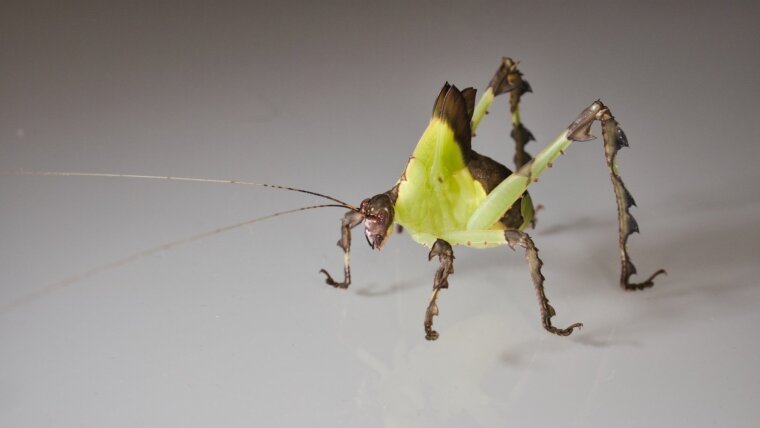Five most important Publications
Stange-Marten A, Nabel AL, Sinclair JL, Fischl M, Alexandrova O, Wohlfrom H, Kopp-Scheinpflug C, Pecka M, Grothe B. Input timing for spatial processing is precisely tuned via constant synaptic delays and myelination patterns in the auditory brainstem. PNAS 114:E4851-E4858 (2017)
doi: 10.1073/pnas.1702290114External link
Ford MC, Alexandrova O, Cossell L, Stange-Marten A, Sinclair J, Kopp-Scheinpflug C, Pecka M, Attwell D, Grothe B. Tuning of Ranvier node and internode properties in myelinated axons to adjust action potential timing. Nat Commun 6:8073-8087 (2015)
doi: 10.1038/ncomms9073External link
Dietz M, Marquardt T, Stange A, Pecka M, Grothe B, McAlpine D. 2014 Emphasis of spatial cues in the temporal fine structure during the rising segments of amplitude-modulated sounds II: single-neuron recordings. J Neurophysiol 111(10):1973-1985 (2014)
doi: 10.1152/jn.00681.2013External link
Stange A, Myoga MH, Lingner A, Ford MC, Alexandrova O, Felmy F, Pecka M, Siveke I, Grothe B. Adaptation in sound localization: from GABA(B) receptor-mediated synaptic modulation to perception. Nat Neurosci 16(12):1840-1847 (2013)
doi: 10.1038/nn.3548External link
Escalante-Pérez M, Krol E, Stange A, Geiger D, Al-Rasheid KA, Hause B, Neher E, Hedrich R. A special pair of phytohormones controls excitability, slow closure, and external stomach formation in the Venus flytrap. PNAS 108(37):15492-15497 (2011)
doi: 10.1073/pnas.1112535108External link
For all Publications click here

